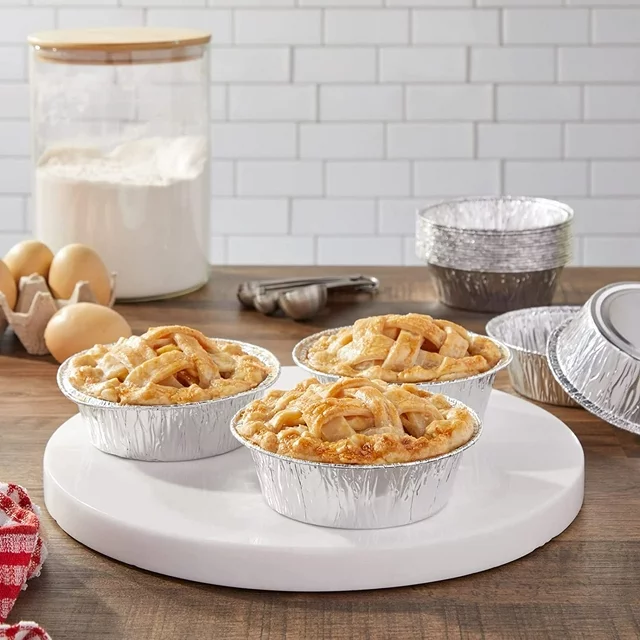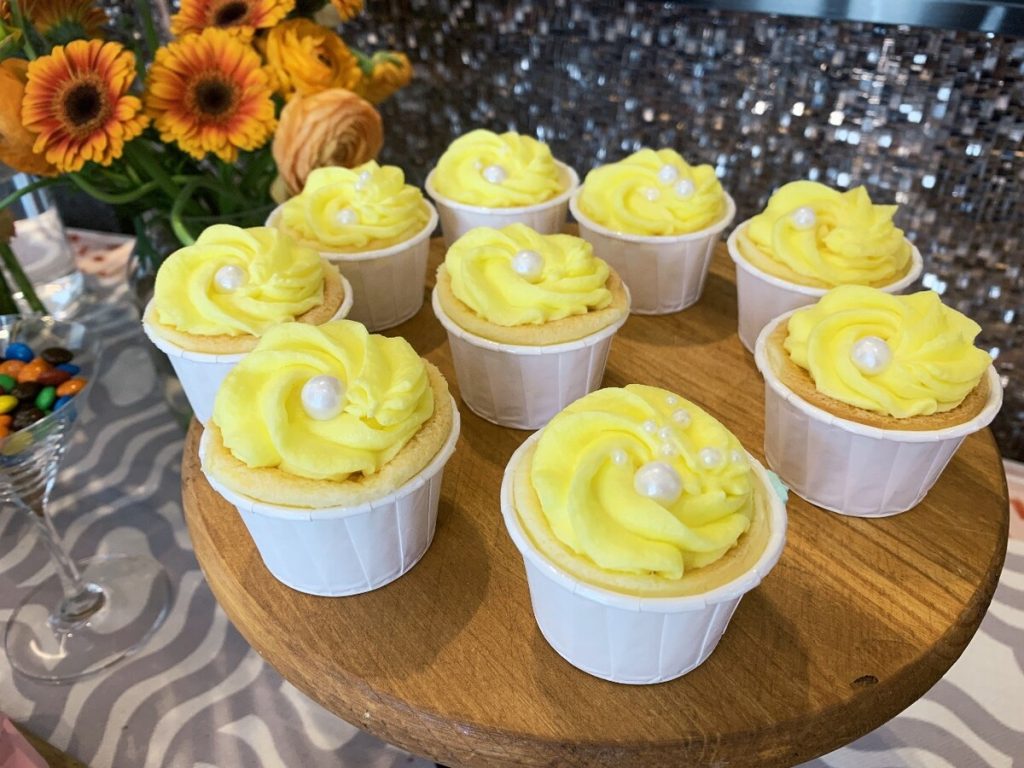Baking cups are essential for creating delicious muffins, cupcakes, and other baked treats, but choosing between foil and paper cups can make a significant difference in your baking experience. Understanding the distinctions between these two types of baking cups can help you select the best option for your culinary creations.
Material Composition
Foil baking cups are crafted from aluminum foil, a thin and flexible metal material renowned for its excellent heat conductivity. This allows for uniform baking and helps prevent sticking, ensuring that your baked goods release effortlessly from the cups.
On the other hand, paper baking cups are typically made from greaseproof paper or parchment paper. While these materials are absorbent and can withstand moderate heat, they do not conduct heat as efficiently as aluminum foil.

Appearance and Aesthetic Appeal
Foil baking cups boast a shiny, metallic appearance owing to their aluminum foil construction. They come in a variety of colors and may feature a reflective surface, adding a touch of elegance to your baked treats.
In contrast, paper baking cups have a matte finish and are available in an extensive array of colors, patterns, and designs. They can be printed with decorative motifs or patterns, allowing for endless customization options to suit your baking style and occasion.
Performance and Practicality
Foil baking cups offer outstanding non-stick properties, making them ideal for baking delicate or sticky recipes such as cheesecakes or chocolate desserts. Additionally, they retain their shape well during baking and can be easily removed from baked goods without tearing or crumbling.
While paper baking cups are more porous than foil cups, allowing moisture to escape during baking and resulting in a slightly drier texture for the baked goods, they may stick to certain recipes, especially those with high sugar content or low-fat content.

Cost Considerations
Foil baking cups are typically more expensive than their paper counterparts due to the cost of aluminum foil material. However, their superior non-stick properties and heat conductivity justify the higher price for many bakers.
Paper baking cups, on the other hand, are more budget-friendly and widely available. They are a popular choice for everyday baking and casual occasions, offering a cost-effective solution without compromising on quality.
Environmental Impact
In terms of environmental impact, foil baking cups are recyclable in many areas, but the recycling process for aluminum foil requires more energy compared to paper recycling. However, aluminum can be recycled indefinitely without losing its quality.
On the other hand, paper baking cups are biodegradable and compostable, making them a more environmentally friendly option. They are often preferred by eco-conscious consumers who prioritize sustainability and reducing their carbon footprint.
In conclusion, both foil and paper baking cups have their unique attributes and benefits. The choice between the two depends on personal preferences, baking needs, and environmental considerations. Whether you opt for the sleek elegance of foil or the versatile charm of paper, these baking cups are sure to elevate your baking endeavors to new heights of culinary delight.


